Red Cherry Shrimp: Ultimate Care Guide
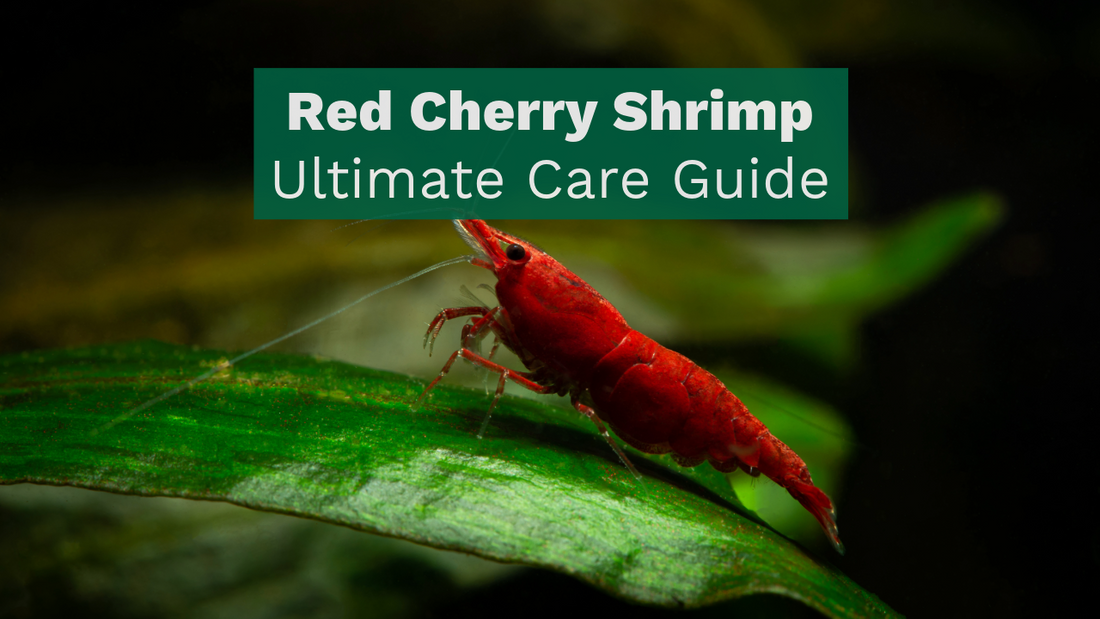
Introduction
Welcome to the vibrant world of red cherry shrimp! Whether you're a seasoned aquarist or just diving into the hobby, these little critters can add a splash of color and life to your freshwater tank. Not only are they a sight to behold, but they also play a crucial role in maintaining a clean and healthy aquatic environment. This guide is your all-in-one resource for everything you need to know about caring for red cherry shrimp. Let's embark on this exciting journey together!
What Are Red Cherry Shrimp?
Origins and Popularity
Red cherry shrimp, scientifically known as Neocaridina davidi, originated from the freshwater streams of Taiwan.
They have captivated the hearts of aquarium enthusiasts worldwide, thanks to their striking red color and the ease with which they can be cared for. Their popularity is not just a testament to their beauty but also to their hardiness and the beneficial role they play in the aquarium ecosystem.

Why Choose Red Cherry Shrimp?
Opting for red cherry shrimp in your aquarium goes beyond their aesthetic appeal. These tiny invertebrates are akin to natural janitors, diligently cleaning up algae and detritus, thus helping to keep your tank spotless. Their simple care requirements make them an excellent choice for novices, while their breeding and social behaviors offer intrigue and delight for experts.
Setting Up Your Shrimp Tank
Choosing the Right Aquarium
The first step in your red cherry shrimp journey is selecting an appropriate tank. A minimum of 5 gallons is recommended, although larger tanks provide a more stable environment. Space is not just a luxury, it is essential for the well-being of your shrimp, offering ample room for exploration and hiding.

Water Parameters
Maintaining optimal water conditions is crucial for the health of your shrimp. Here's what you need to know:
- Temperature: Keep the water between 72°F and 78°F. Stability is key, as sudden changes can stress or harm your shrimp.
- pH and Hardness: Aim for a pH level between 6.5 and 8, with water hardness around 6 to 8 dKH. These parameters mimic their natural habitat and promote thriving health.
Substrate and Decoration
The choice of substrate can greatly impact the appearance and health of your shrimp. Dark substrates not only highlight the shrimp's color but also encourage the growth of beneficial bacteria and algae. Decorations like plants, rocks, and driftwood are not just decorative; they provide essential hiding spots and surfaces for biofilm to grow, a primary food source for your shrimp.

Diet and Feeding
What Do Red Cherry Shrimp Eat?
Red cherry shrimp are not picky eaters. They thrive on a diet of algae, biofilm, and decaying plant matter naturally found in the aquarium. For added nutrition, you can supplement with blanched vegetables and specially formulated shrimp pellets or flakes.
After over a decade of breeding shrimp, I believe dried mulberry leaves are among the best foods for cherry shrimp, enhancing color, diet, and water cleanliness.

Feeding Schedule and Tips
Moderation is the key to feeding your red cherry shrimp. A small amount once a day is sufficient, ensuring they can consume it within two hours. Overfeeding is a common mistake that can lead to water quality issues and should be avoided at all costs.
Breeding Red Cherry Shrimp
Understanding the Breeding Process
Breeding red cherry shrimp is often a sign of a healthy, well-maintained aquarium. These shrimp can reproduce rapidly under the right conditions, adding to the vibrancy and dynamism of your tank.

How to Encourage Breeding
Ensure stable water conditions and provide plenty of hiding spots to make your shrimp feel safe. A varied diet also supports the health and breeding readiness of your shrimp.
Common Challenges and Solutions
Water Quality Issues
Regular monitoring and maintenance are your best defenses against water quality issues. Perform frequent water changes and test your water parameters regularly to ensure a healthy environment for your shrimp.
Predators and Tank Mates
Choosing the right tank mates is crucial. Avoid fish known to prey on small shrimp. Instead, opt for small, peaceful fish such as neon tetras, guppies, rasboras or other invertebrates that share similar water requirements.

Health and Disease Management
Identifying Common Diseases
Keep an eye out for signs of disease or stress, such as changes in color, lethargy, or unusual behavior. Early detection is crucial for effective treatment.
Preventive Measures and Treatments
Maintaining clean water, a balanced diet, and stable environmental conditions are the best ways to prevent disease. Consult a professional for specific treatment options if you suspect your shrimp are ill.
Conclusion
Caring for red cherry shrimp is a rewarding experience that adds beauty and benefits to your aquarium. By following this guide, you're well on your way to creating a thriving habitat for these fascinating creatures. Remember, the key to success lies in patience, observation, and a little bit of love.
Dive deeper into the world of red cherry shrimp with Tropicflow, where every click leads you closer to becoming a shrimp whisperer, unlocking the secrets of these vibrant underwater jewels.

FAQs
How many red cherry shrimp can I keep in a 10-gallon tank?
You can comfortably keep up to 100 shrimp in a 10-gallon tank, assuming optimal conditions and regular maintenance.
Can red cherry shrimp live with betta fish?
It depends on the temperament of the betta. Some bettas may coexist peacefully with shrimp, while others may see them as food. Careful observation is necessary.
How long do red cherry shrimp live?
With proper care, red cherry shrimp can live for 1-2 years.
Do red cherry shrimp need a heater?
If your room temperature does not consistently fall within the ideal range for red cherry shrimp, a heater may be necessary to maintain stable water temperatures.
How do I know if my shrimp are healthy?
Healthy shrimp are active, display vibrant colors, and regularly molt. Observing these behaviors is a good indicator of their well-being.
No comments

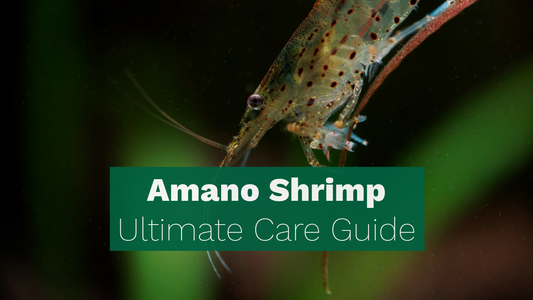
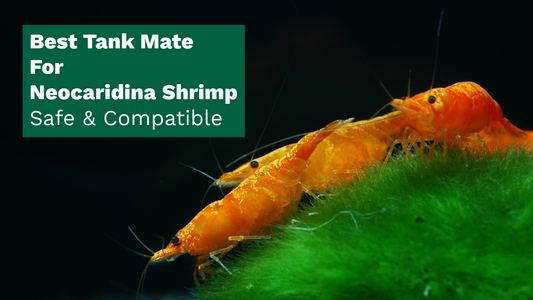
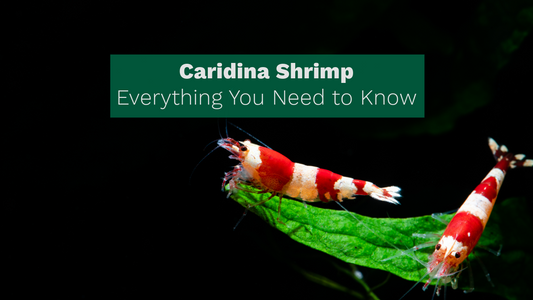
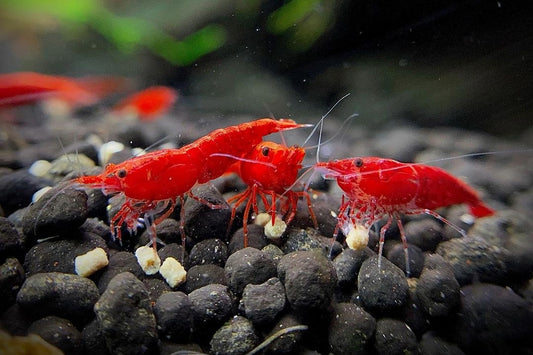


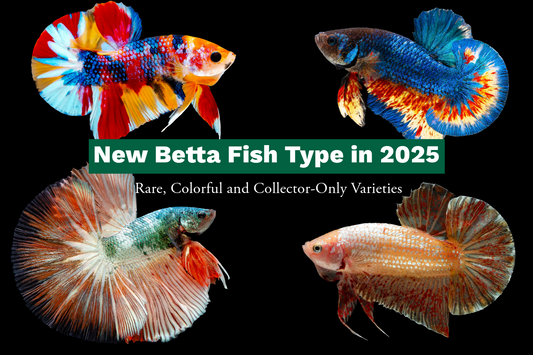

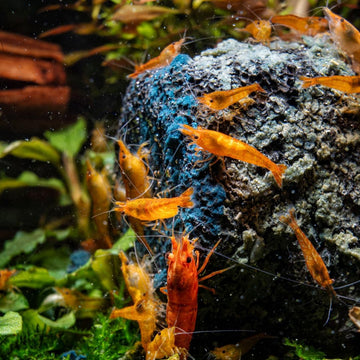
0 comments